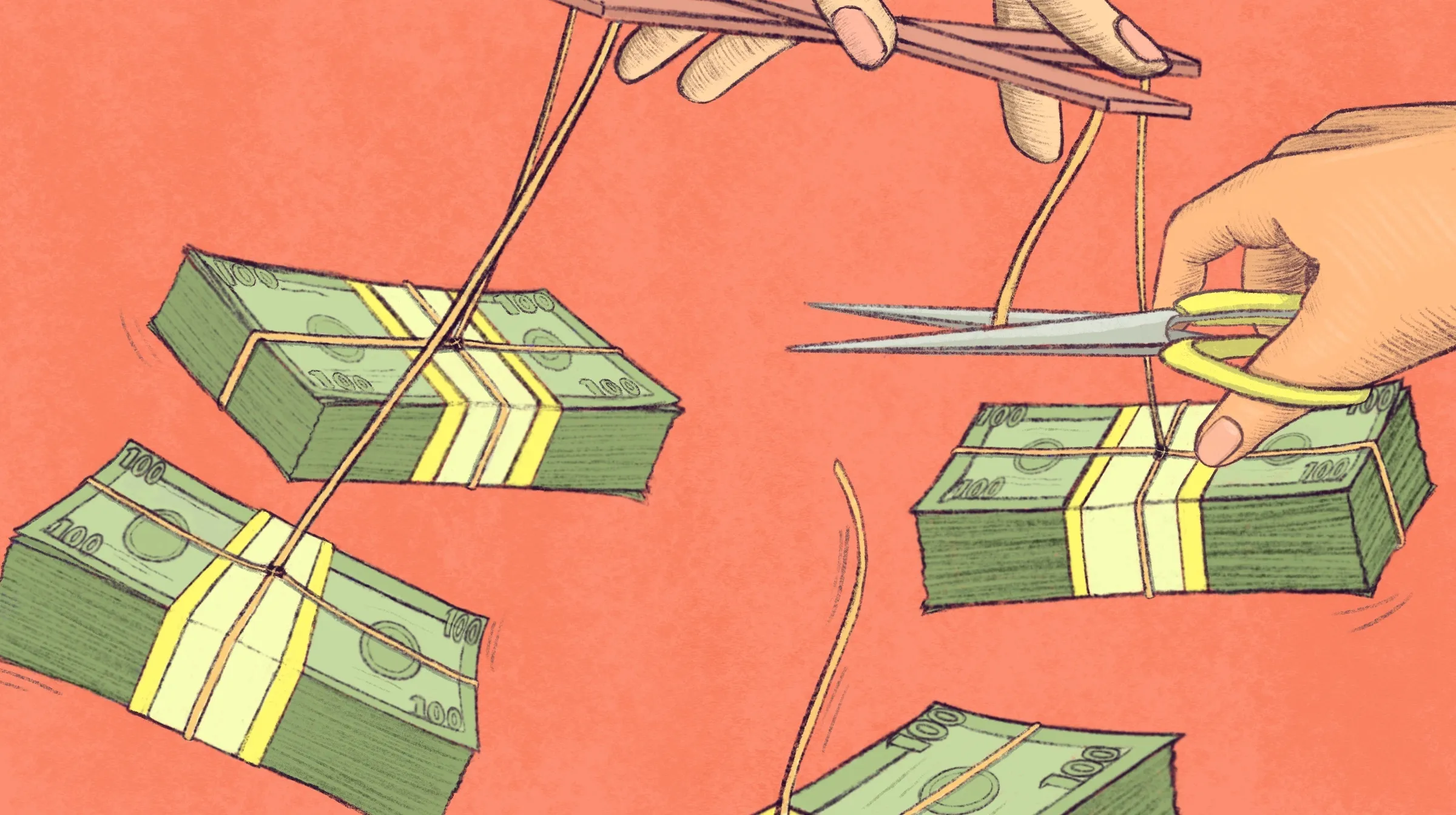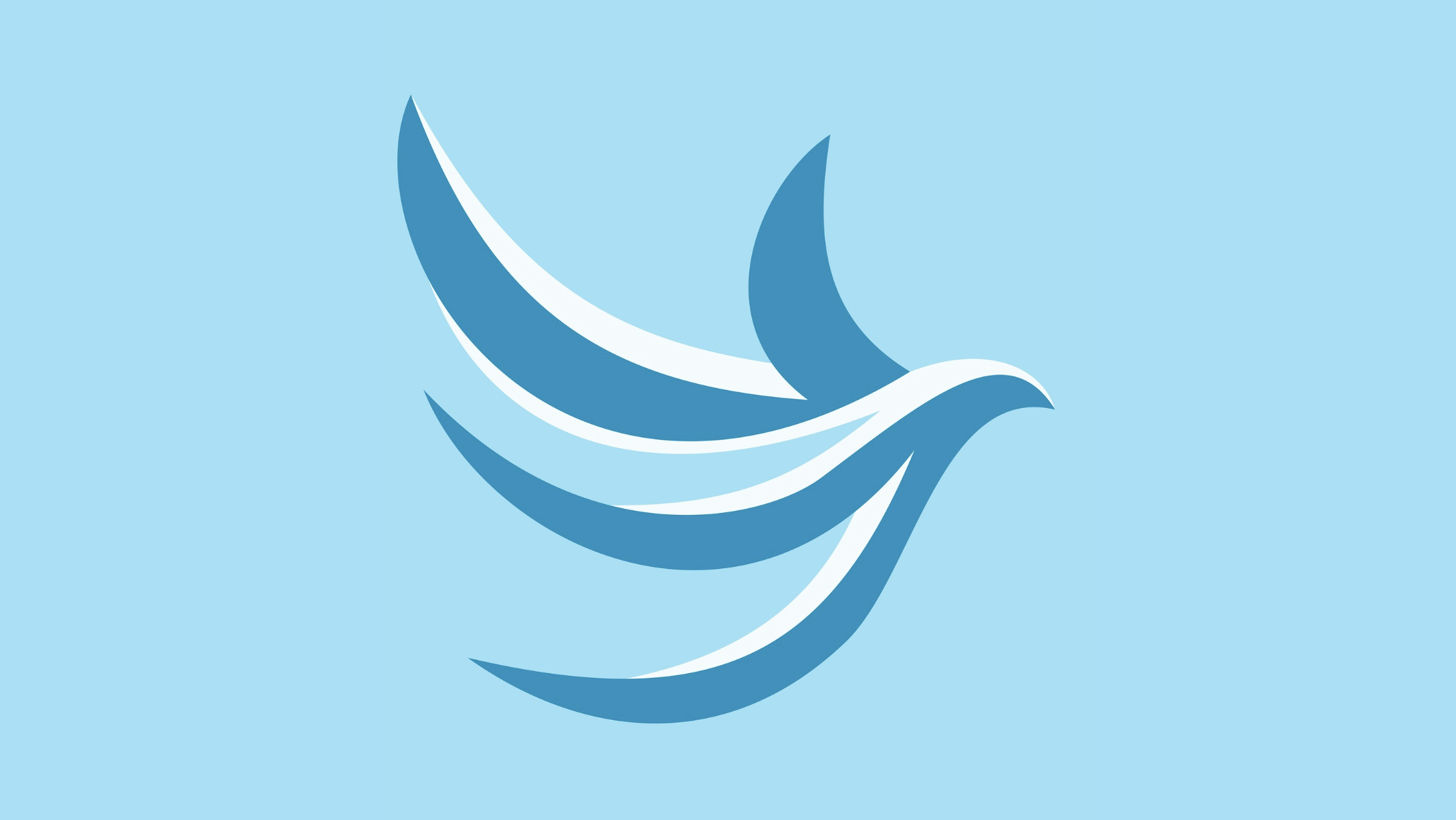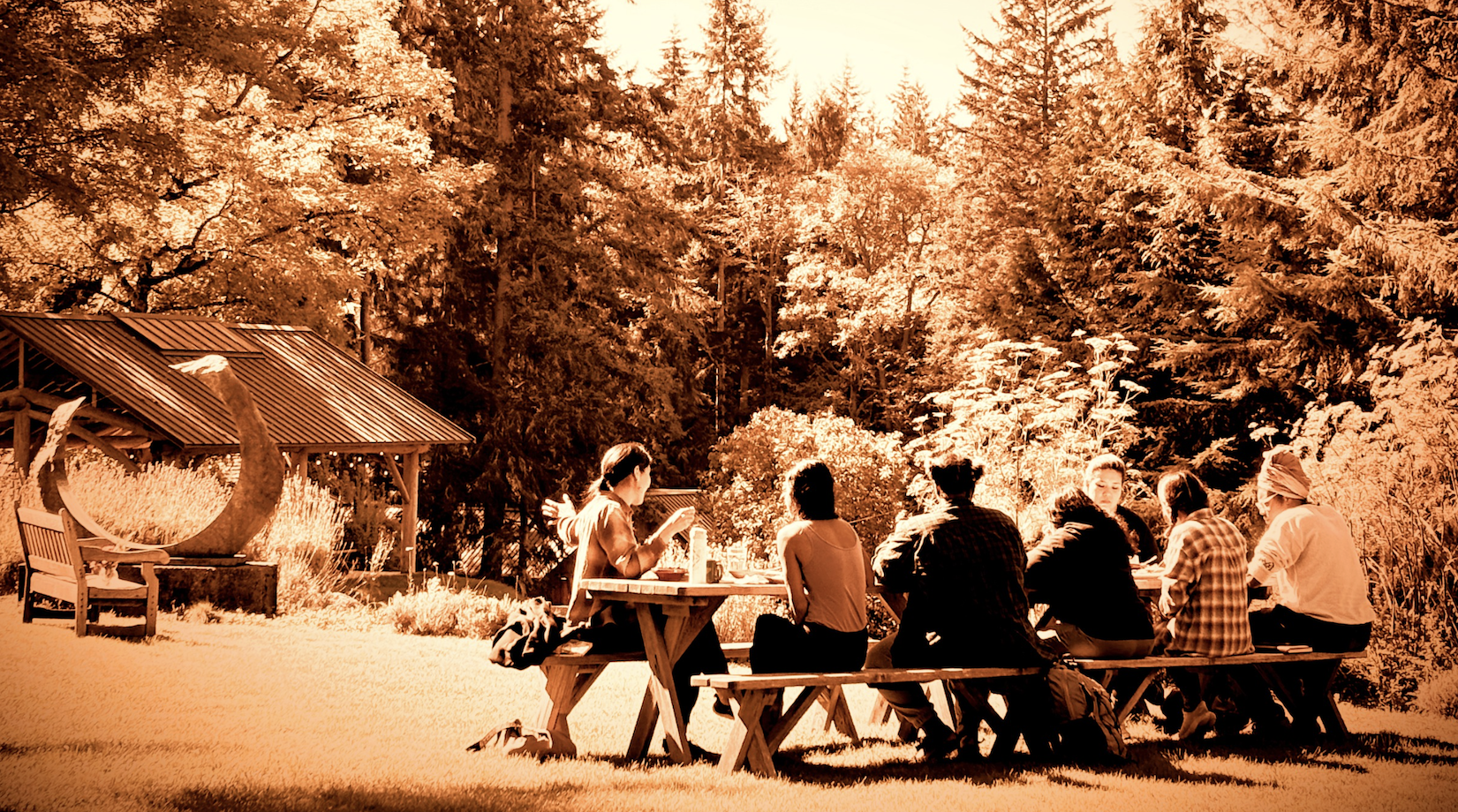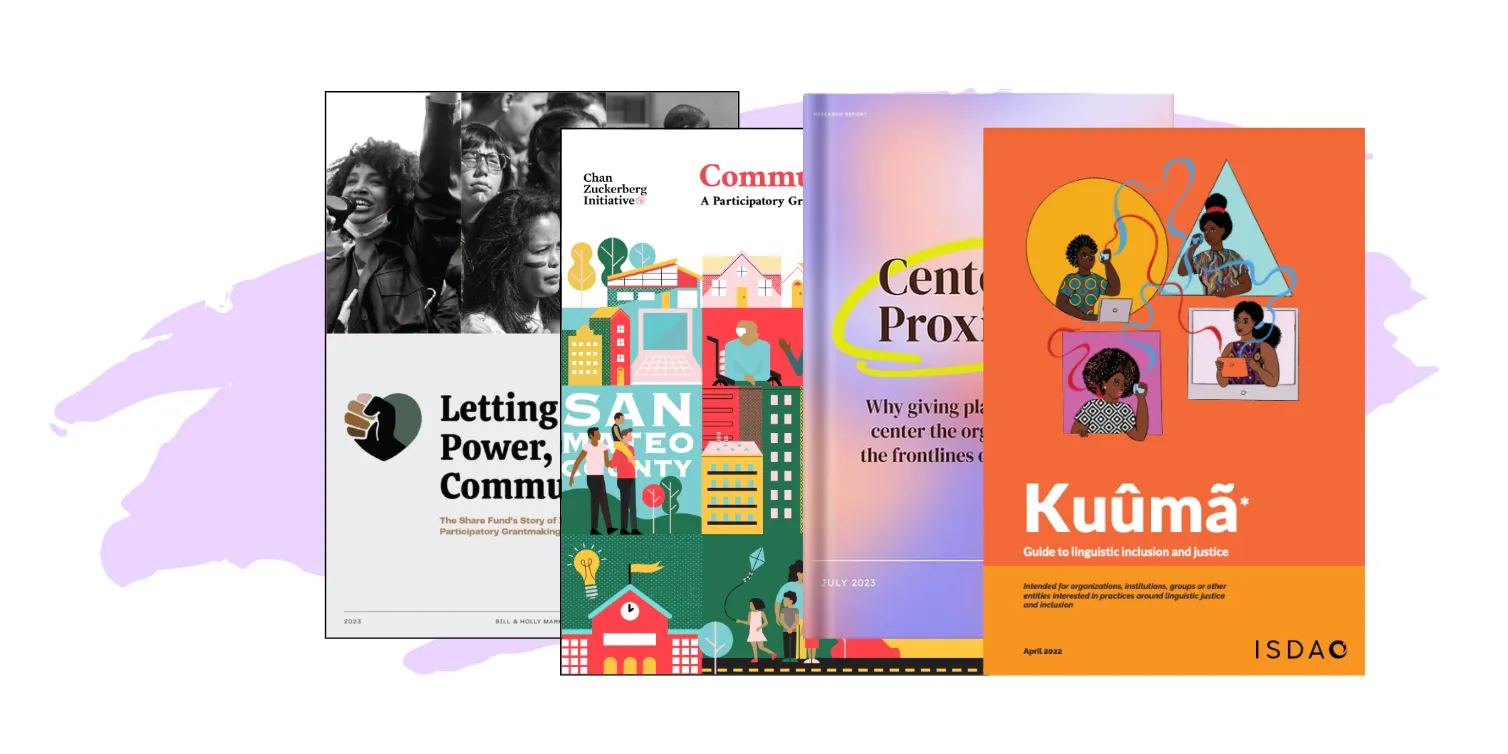When the Covid pandemic ripped apart everything we knew to be “normal,” I saw the devastation and desperation of so many grassroots social justice nonprofits up close.
As a grants manager, I saw nonprofit leaders and the rank and file take punch after punch. So many people were in pain. Nonprofits kicked into high gear, as they do. But the demand kept rising. And as with so many other prosocial and frontline workers, burnout followed.
It hurt to watch. And it hurt to know that I was contributing to the burnout. It didn’t take long to realize that reporting, for example, wasn’t helping anyone. In fact it was an onerous burden pulling nonprofits down at the very moment we should have been lifting them up.
The Covid crisis put into stark relief what so many nonprofit development folk – and grants managers – have known for so many years. By and large, reporting is broken. It ain’t good for me, and it ain’t good for you.
We can be better, can't we? I think so. Conversations about broken reporting and alternatives have been humming just below the radar for some time. One alternative that I’m encouraged to see gaining traction is oral reporting.
Challenging the Status Quo
Most grants are conditional transactions. Reporting is one such condition.
We fund your program – let’s say one that will deliver more micronutrient paste to more underfed children. In return you provide data that suggests how the program did or didn’t supply more nutrient paste to children who need it. The data inform what comes next. Either the program can (A) improve, or (B) potentially lose funding. (It’s been said that many reports go unread, and grantees don’t know why they received more funding – or, on the other hand, lost it. I’m not saying, but I'm just saying.)
Every month during the pandemic I was batching and queuing automatic report reminders to staff who, frankly, had more important work to do. From my desk, it was just a few clicks of a mouse. Not so for the burnt out soul reading through her inbox. Reports are complex documents designed to thoroughly interrogate the progress made against grantmakers’ investments. They’re not fluff. The Center for Effective Philanthropy estimates that typical grants take eight hours per year to complete. Multiply that across a nonprofit’s varied revenue sources, and what might seem like a minor annoyance becomes a major burden.
From my desk, it was just a few clicks of a mouse. Not so for the burnt out soul reading through her inbox.
You can see who holds the purse strings and whose butt is on the line. The power dynamic could not be more mayday-mayday-red-alert obvious. When those of us in the game are being honest, we know these reports aren’t collaborative or participatory. We know they’re too burdensome and they don’t end up being valuable tools that help programs become more effective.
What are we even doing?
Understanding History – or, Some Wealthy White Men Told Us How to Do It
Attention, class! To understand why we need to change reporting practices, it's important to look at the history of philanthropy in the United States. Early charitable efforts were decidedly hierarchical. Wealthy individuals and later formal institutions decided what issues to focus on, how to address them, and how to decide if they worked or not. While methods of evaluation have become more and more data-driven, those holding the purse strings still set the requirements about what data should be collected and how.
Antecedents of data driven philanthropy can be found as far back as the early 20th century. Whether visionary or outlier, the Rockefeller Foundation’s work to eradicate deadly diseases like malaria and hookworm was based on empirical data informed by scientific research results. Much later, in 1974, the Ford Foundation helped establish the Manpower Development Research Corporation (MDRC), which was founded to evaluate the effectiveness of philanthropic initiatives.
But the movement really took hold in the 1990s. A critical touchpoint on the timeline is the 1997 publication of the influential article, “Virtuous Capital: What Foundations Can Learn from Venture Capital,” by Christine Letts, William Ryan, and Allen Grossman, in the Harvard Business Review. They argue that “foundations should emulate venture capital practices such as risk management, performance measurement, a focus on partnership rather than oversight, adequate funding, long-term relationships, and plans for exit.” It seems funders ran with the first two recommendations, and left the last four in the dust.
Reporting requirements became more and more comprehensive to ensure accountability and to quantify outcomes. These requirements re-enforced hierarchical structures that often excluded the perspectives of the communities being served. The structure encouraged nonprofits to compete for (and cozy up to) the beneficence of funders, rather than to advocate for the needs of their communities. This kind of reporting encouraged the growth of powerful individual organizations rather than focusing on modalities that the rest of the sector could replicate and build on.
Reinventing Reporting So That It Actually Works
Oral reporting, on the other hand, sidesteps many of the unintended, yet entrenched, downsides of the traditional periodic report. It invites more perspectives into the process and often provides a more timely exchange of information. It elicits a deeper understanding of why a program was successful or not. Ultimately it can give us a better blueprint of how to improve outcomes. After all, it’s the way humans have learned from each other for millenia.
A recent grant recipient told me that flexibility is key. Being able to report on her program over a phone call or a Zoom meeting, for example, not only allows her to deliver more comprehensive information, but as an organization with limited capacity, it also limits the burden of building onerous detailed written reports.
Oral reporting sidesteps many of the unintended downsides of the traditional periodic report.
Another grantee told me about a time that oral reporting helped her secure crucial funding. Being able to speak directly with her funder put her at ease. She told her grant officer that they had underestimated the cost of Zoom licenses when they last reapplied for funding pre-pandemic. Of course after the pandemic hit, their licensing needs increased dramatically. The grantee told me that if she hadn’t felt comfortable mentioning her “mistake,” the ability to shift funds to cover the cost may not have been an option.
The animal welfare organization, Maddie’s Fund, recently piloted an oral reporting initiative for 214 grants totalling $1 million in funding. They convened ten Zoom meetings to facilitate the oral reporting sessions and had a 99% completion rate. As a result, Maddie’s Fund staff had immediate feedback they could take action on. By all accounts the process deepened the relationships between the partners, and provided a more accessible way to communicate and learn from each other.
These examples only scratch the surface of what’s becoming an emergent movement among changemakers in philanthropy.
Leading with Listening
I think we can all agree that we need to get better at listening to the experiences and needs of nonprofits and the communities they serve. Traditional reporting misses the opportunity to do just that. Alternative reporting practices, like oral reporting (but not only oral reporting) can be a way to center equity and invite new voices to the table.
These voices are invaluable in determining what success looks like, and even granular details like which questions should be included in reporting prompts. New reporting is an opportunity to foster a culture of collaboration and mutual respect. Reports can be accurate, relevant, data-driven while also reflective of the real impact being made on communities being served – from the ground up.
At the Grove Foundation program officers recognized that grantees were inclined to focus their work on interventions that are naturally more measurable, even if they know those metrics won't lead them to their goals. It's a poorly kept secret that under-resourced nonprofits are forced to follow the funding to remain solvent. So at Grove, they make a point to partner with their grantees to define which metrics to collect. A Grove program officer told me that while tangible outcomes are important, “We recognize that circumstances can change suddenly … We prioritize transparency and adaptability over expecting specific results within a 12-month timeframe.”
This Isn’t Your Grandfather’s Report Form
Reporting approaches are an area ripe for reinvention. As we look toward the future, we have an opportunity to be bold and innovative in our approaches. This means embracing holistic practices that go beyond traditional metrics, and instead investing in systems change and grassroots initiatives that can drive lasting transformation.
For their part, The Robert Wood Johnson Foundation is exploring alternative reporting solutions that they say result in genuine learning and authentic knowledge exchange. They are daring to shift institutional practices. And though this is more than a heavy lift, and no doubt will take time, the foundation has heard overwhelming support from grantees and foundation staff.
Rethinking grantee reporting is not just a nice-to-have. It’s essential. In fact, funders have an obligation to lead; to innovate, experiment, fail, and experiment more, until reporting is a practice designed to benefit not only development directors and program officers, but also the social sector more broadly – and yes, I’ll say it, the world and the people in it.
Funders have an obligation to innovate, experiment, fail, and experiment some more.
This isn’t pie in the sky. It’s entirely doable. With the steady improvement of AI tools, it’s now possible to translate oral narratives into structured reports with standardized data sets that allow funders across the sector to analyze outcomes across portfolios.
And AI makes it easier to really hear what is said during these conversations. AI tools that “attend” meetings have become the norm and transcription services help us mitigate bias and extract actionable insight. Transcripts allow us space to reflect on content and not be distracted by context (we all have context, bias, and cognitive shortcuts and distractions). AI transcripts support us in reviewing the facts and can even suggest next steps. While never replacing human connection, AI can be a powerful assistant.
The Time Has Come
In 2020, my partner in arms, Blanch Vance, and I decided we had to do something about the sad state of the grantee report. Blanch is a senior manager of grants at the Grove Foundation and believes as I do, that we can (and should) do better. We wanted to hear from funders their past experiences, how they had experimented with oral reports, what they learned, and why there are benefits to changing the status quo. We’ve hosted thousands of practitioners at our PEAK Grantmaking Oral and Alternate Reporting Work Group learning sessions.
Based on the turnout, it’s an idea whose time has come. According to a 2020 Center for Effective Philanthropy report, the economic chaos created by the pandemic highlighted long-standing structural inequities. Communities of color, those with disabilities, low-income neighborhoods, and other marginalized communities suffered disproportionately. Funders were learning in real time what many grassroots nonprofits the communities they serve have known for some time. Status quo funding relationships need fundamental change. The CEP report concluded, “Amid these crises have come numerous calls for fundamental changes in how funders approach their work, among them the importance of long-term, flexible funding, shifting of the funder-grantee power dynamic, and greater trust in nonprofits.”
(And, by the way, the irony of the absence of grantees in this discussion is not lost on me. As a member primarily of the funder community, this was only a first step. Our intention is to be inclusive and collaborative as we continue the work.)
I would argue that oral and other alternative ways of reporting are meaningful and effective ways to create these fundamental changes. And I can feel a critical mass forming. Over the years, Alicia Harris from The Grove Foundation, Tuquan Harrison from The James Irvine Foundation, Irene Chansawang and Amber Eby from Maddie’s Fund, Steven Casey from MacArthur Foundation, Kerry McHugh from The Helen J. Serini Foundation, Jenny Herrera from the Libra Foundation, Elaine Mu from General Service Foundation, Julia Plume from Internet Society Foundation and my (former) colleague at Arcus, Glo Ross, have all contributed to the sessions, giving us all hope that we can get this done.
Reporting should be a dynamic process that evolves with the changing needs and realities of our communities. By embracing continuous self-reflection, challenging power imbalances, and repairing unintended consequences, we can build a future where reporting is not just a box-checking exercise, but a catalyst for justice, equity, and liberation.
Reporting can change. Let’s get that out of the way first. People created the structure and people like you and me can re-design it. Together, we can reimagine reporting practices that truly capture the impact of our work and give the dignity of voice to the people and communities we serve. Oral reporting and other alternative reporting practices are immensely critical but only scratch the surface. We are an innovative bunch that can do hard things. We can think beyond accountability. We can discard the tired power dynamics and build trust-based relationships that work for you, me, and the communities we serve.











.webp)

.webp)
%20(1280%20x%20720%20px)%20(41)%202.webp)
%20(1280%20x%20720%20px)%20(38).webp)
%20(1280%20x%20720%20px)%20(31).png)


%20(1280%20x%20720%20px).webp)









.webp)






.webp)
.gif)

.webp)


.gif)













